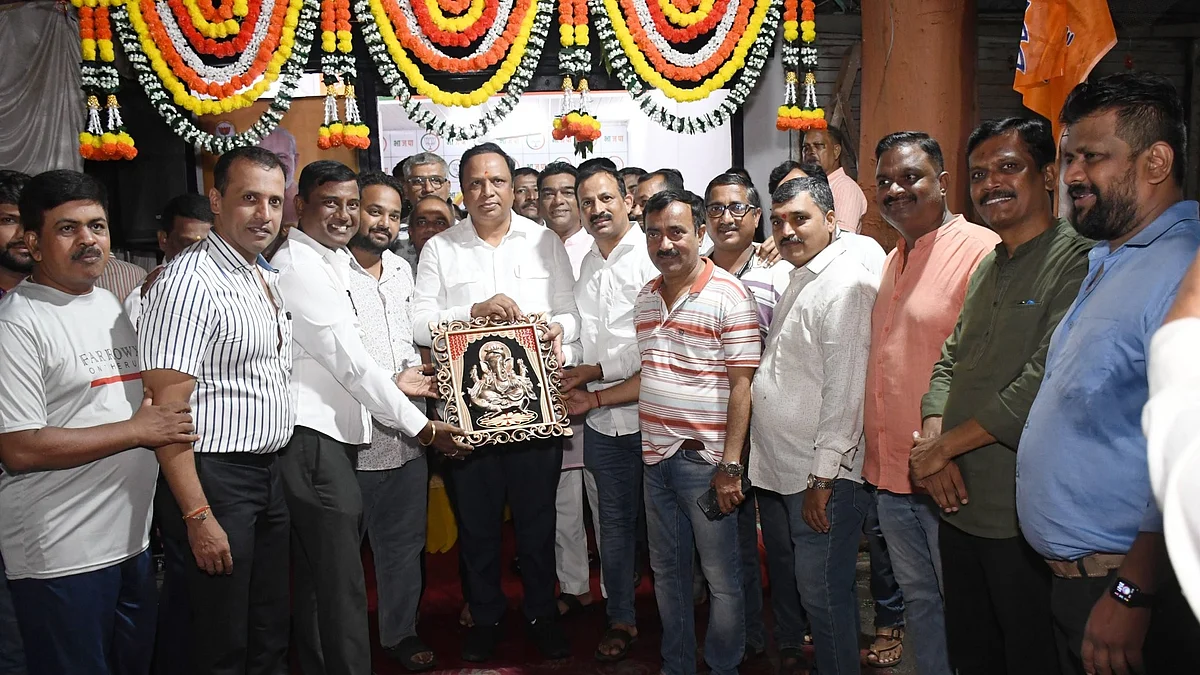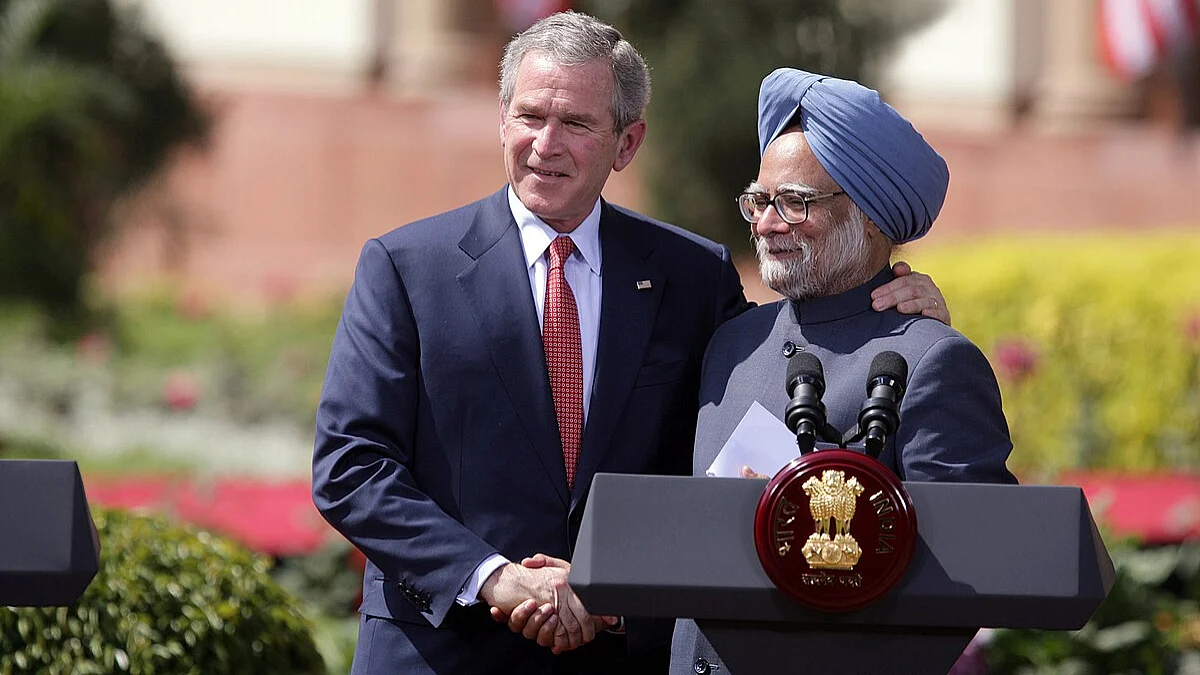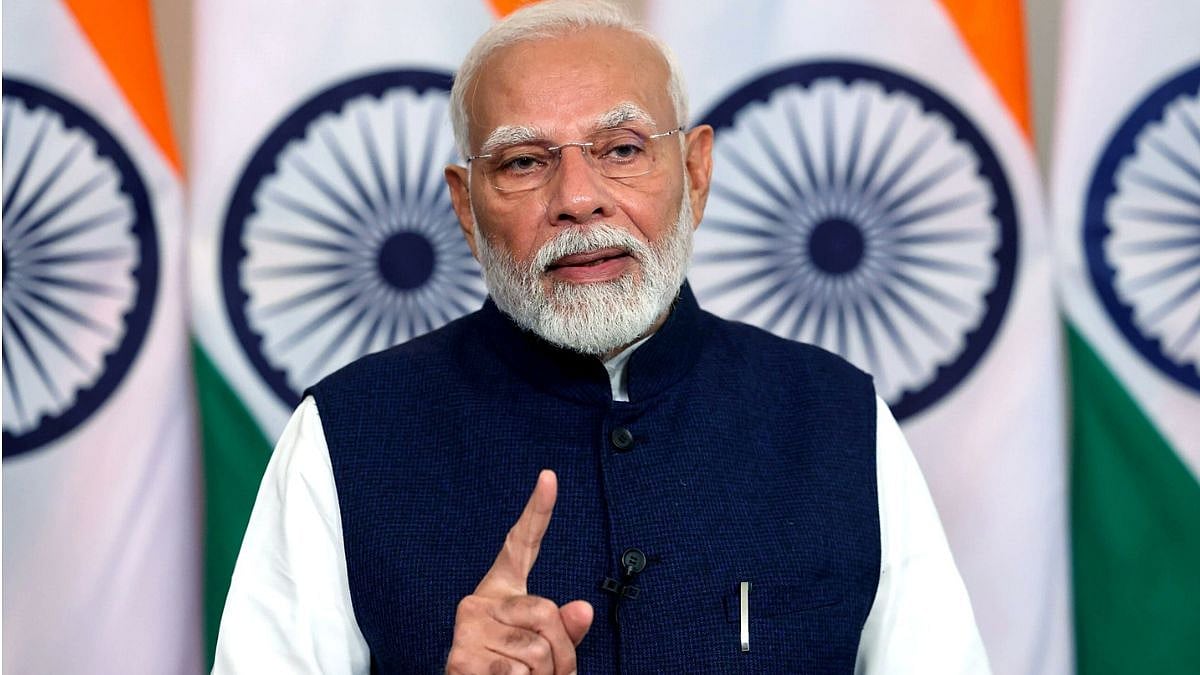The Union budget 2024-25, presented by the Finance Minister Nirmala Sitharaman, comes at a pivotal moment for the Indian economy where it addresses India’s post-pandemic recovery and global economic uncertainties, outlining a strategy for sustainable and inclusive growth.
The budget emphasises fiscal prudence, pushing the agenda for Viksit Bharat focusing on employment (skilling and job creation). Buoyancy in tax collections, a GDP growth of 8.4% in fiscal 24, fiscal deficit at 4.9% (below the target of 5.1), controlled inflation, current account deficit narrowing to 0.7% of GDP have drawn global investor attention, allowing the government to meet the demands of various stakeholders, including youth, women, farmers, MSMEs, and the middle class. For the nine priorities outlined being employment, industries, agriculture, manufacturing, urban development, infrastructure, Research and Development, inclusive development and next gen reforms, a slew of measures have been announced. These tie-in with the recommendations made in the Economic Survey. The “Purovadaya” measures target the development of the eastern regions like Bihar, Jharkhand, West Bengal and Andhra Pradesh) with substantial allocations to support coalition imperatives.
In the area of next-gen reforms the FM alluded to formulating an Economic Policy Framework outlining the approach to economic development to foster employment opportunities and achieve sustainable high growth. These include land reforms (digitisation of land records, etc) a vision and strategy for the financial sector, taxonomy for climate finance, FDI and overseas investments and ease of doing business to name a few. To incentivise States for faster implementation of the next gen reforms a 50-year interest free loan has been budgeted which is a first.
The Economic Survey 2023-24 highlights challenges like job creation, balancing climate adaptation with growth, maintaining fiscal prudence, and reducing dependence on foreign investment amidst rising global protectionism. The government’s focus on employment and job creation responds to criticisms about job growth. India's journey to a $5 trillion economy is characterised by resilience, adaptability, and a focus on inclusive, sustainable growth. The Economic Survey 2023-24 highlights effective inflation management, sectoral growth, and strong financial health, presenting an optimistic outlook. Fiscal prudence is evident in reduced revenue and fiscal deficits, with steady agricultural growth and significant manufacturing gains (from capital expenditure) achieving a 9.7% year-on-year growth.
As the country navigates the complexities of the global economic landscape, the budget provides a strategic blueprint for sustainable growth and inclusivity. With the right mix of policies and interventions, India is well-positioned to achieve its long-term economic goals and enhance the well-being of its citizens.
The estimated tax collections have been increased from INR 33,60,858 crores to INR 34,64,792 crores. The buoyancy of tax collections has seen both corporates and individuals move to the new simplified tax regime with 58% corporates and 2/3rd of individuals opting for it. The FM announced that, in six months, a full review of the existing tax legislation would be completed, and a new income tax code will come into effect. It is hoped that it will meet the objective of ease of doing business, translating into a reduced compliance burden on the taxpayer, and a simplification which will not lead to unnecessary litigation.
In the personal tax proposals, in the new regime, standard deduction has been increased from INR 50 thousand to INR 75 thousand and the slab rates have been reset to tax income upto INR 7 lakhs (previously INR 6 lakhs) @5%, upto INR 10 lakhs @10%. Further slabs continue to be 15%, 20% and 30%.
The revised capital gains tax provisions have disappointed markets despite simplification. Long-term capital gains will now uniformly attract a 12.5% tax, with the holding period reduced from 3 to 2 years for most assets, while listed securities remain long-term if held for one year. Short-term capital gains on financial securities will face a higher tax rate of 20%, up from 15%, with other asset provisions unchanged. The removal of indexation benefits has caused concern. Additionally, securities transaction taxes on options and futures have been increased.
The proposed abolition of angel tax for startups has made headlines and universally hailed, but shareholders were disappointed with the change proposed in buy-backs with the taxation now shifting to the recipient, and also being taxed as dividend (with no set-off for related capital loss).
The rate of tax on foreign companies is proposed to be reduced from 40% to 35% and the equalisation levy of 2% stands withdrawn in respect of e-commerce and services.
The OECD's top-up tax rules for multinational entities, which mandate a minimum 15% tax rate across all jurisdictions, have received in-principle approval from the Indian Government. However, the budget did not include enabling provisions for these rules.
To help reduce litigation and speedy disposal of outstanding appeals a Vivad se Vishwas scheme has been announced more or less on the same lines as that introduced in 2020.
A welcome move is the proposed decriminalisation of various compliances, a nominal breach of which attracted disproportionate penal consequences. Immunity has been provided from prosecution for certain minor breaches.
Rationalisation of TDS provisions and set-off of TCS with TDS liability will provide relief to many salaried employees. However, along with briefly mentioned charities, changes in the provisions have been made which are covered in our direct tax proposals’ analysis. It’s a moot question whether these were called for in view of the announcement of the new code, as it disturbs the principle of continuity and certainty.
The net effect of the direct tax proposals will lead to a net revenue loss of only INR 7,000 crores.
GST rationalisation and simplification are left to the GST Council, resulting in no major indirect tax proposals in the budget except for changes in customs duty rates. The “India Shining” narrative was literally acknowledged by reducing customs duties on gold and platinum, catering to India's investment habits in these commodities.
This budget lays down the roadmap for inclusive growth and enabling the vision of Amrit Kaal of Viksit Bharat, while maintaining the focus on fiscal prudence.
Padmini Khare Kaicker is Managing Partner, B K Khare & Co










